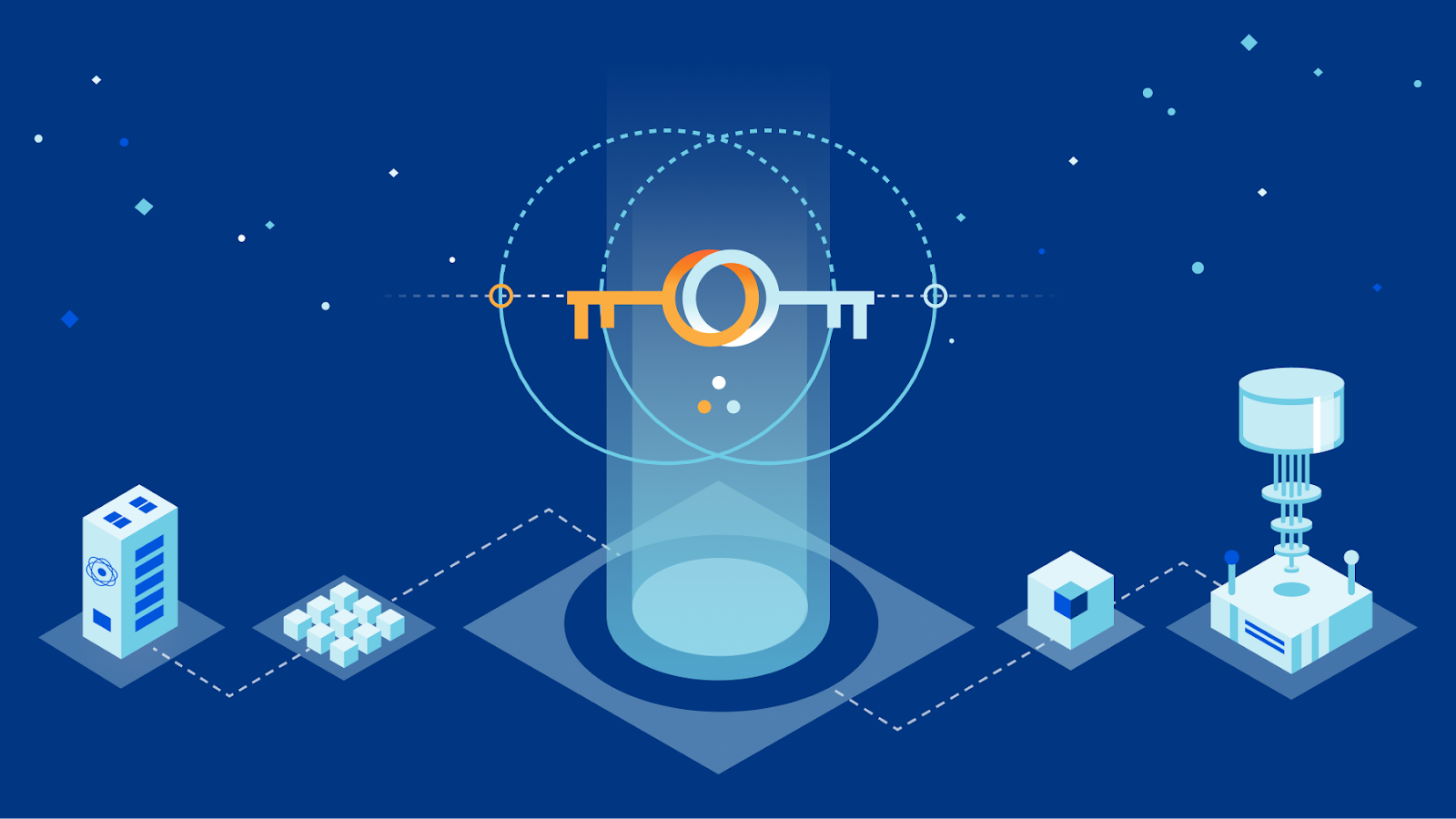
On August 13th, 2024, the US National Institute of Standards and Technology (NIST) .
Other players in the tech industry have deployed post-quantum key agreement as well, including Google, Apple, Meta, and Signal.
Signatures are crucial to ensure that you’re communicating with who you think you are communicating. In the web public key infrastructure (WebPKI), signatures are used in certificates to prove that a website operator is the rightful owner of a domain. The threat model for signatures is different than for key agreement. An adversary capable of forging a digital signature could carry out an active attack to impersonate a web server to a client, but today’s communication is not yet at risk.
While the migration to post-quantum signatures is less urgent than the migration for key agreement (since traffic is only at risk once CRQCs exist), it is much more challenging. Consider, for instance, the number of parties involved. In key agreement, only two parties need to support a new key agreement protocol: the client and the server. In the WebPKI, there are many more parties involved, from library developers, to browsers, to server operators, to certificate authorities, to hardware manufacturers. Furthermore, post-quantum signatures are much larger than we’re used to from traditional signatures. For more details on the tradeoffs between the different signature algorithms, deployment challenges, and out-of-the-box solutions see our previous blog post.
Reaching consensus on the right approach for migrating to post-quantum signatures is going to require extensive effort and coordination among stakeholders. However, that work is already well underway. For instance, in 2021 we ran large scale experiments to understand the feasibility of post-quantum signatures in the WebPKI, and we have more studies planned.
What’s next?
Now that NIST has published the first set of standards for post-quantum cryptography, what comes next?
In 2022, Cloudflare deployed a preliminary version of the ML-KEM key agreement algorithm, Kyber, which is now used to protect double-digit percentages of requests to Cloudflare’s network. We use a hybrid with X25519, to hedge against future advances in cryptanalysis and implementation vulnerabilities. In coordination with industry partners at the NIST NCCoE and IETF, we will upgrade our systems to support the final ML-KEM standard, again using a hybrid. We will slowly phase out support for the pre-standard version X25519Kyber768 after clients have moved to the ML-KEM-768 hybrid, and will quickly phase out X25519Kyber512, which hasn’t seen real-world usage.
Now that the final standards are available, we expect to see widespread adoption of ML-KEM industry-wide as support is added in software and hardware, and post-quantum becomes the new default for key agreement. Organizations should look into upgrading their systems to use post-quantum key agreement as soon as possible to protect their data from future quantum-capable adversaries. Check if your browser already supports post-quantum key agreement by visiting pq.cloudflareresearch.com, and if you’re a Cloudflare customer, see how you can enable post-quantum key agreement support to your origin today.
Adoption of the newly-standardized post-quantum signatures ML-DSA and SLH-DSA will take longer as stakeholders work to reach consensus on the migration path. We expect the first post-quantum certificates to be available in 2026, but not to be enabled by default. Organizations should prepare for a future flip-the-switch migration to post-quantum signatures, but there is no need to flip the switch just yet.
We’ll continue to provide updates in this blog and at pq.cloudflareresearch.com. Don’t hesitate to reach out to us at ask-research@cloudflare.com with any questions.
Source:: CloudFlare
